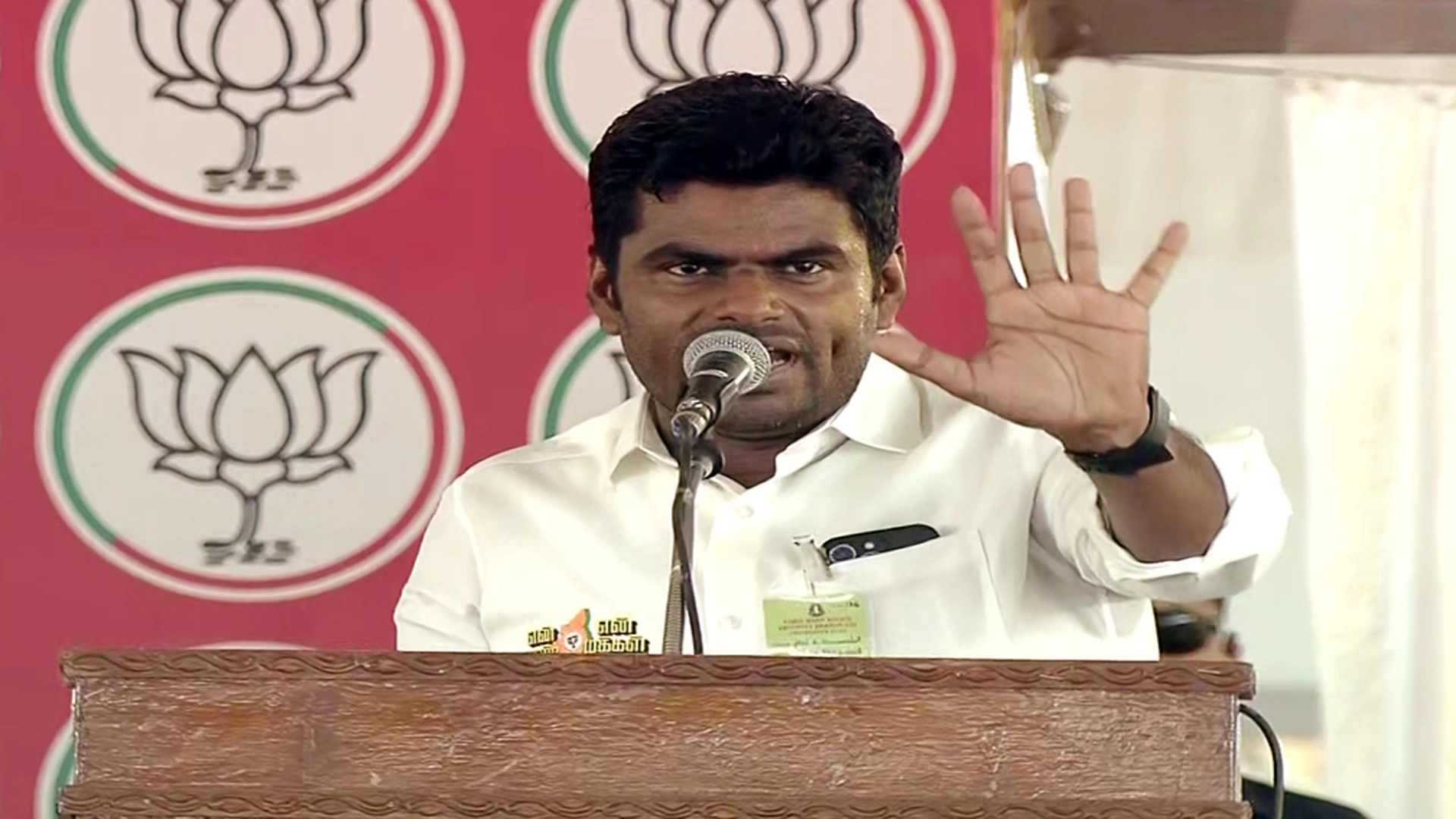An anthology of short stories enables a writer to develop multiple germs of thought into distinct stories, each of which has a compactly expressed theme. A short story can be more impactful than a novel since all its concentrated elements—plot, characters, ambience, pacing and resolution—amalgamate to convey a singular idea or emotion such as humour, mystery, moral truth or an emotional conflict while incorporating profundity, innovation and complexity despite the conciseness of form.

Whereas a novel can dawdle into multiple scenarios and time spans, a short story delves into a single scenario, dilemma or conflict that is resolved or finally brought to a climax within 1000 to 5000 words. Here are some tips to write expressive short stories.
• Describe the details of a central setting so as to make it vivid, relatable and interesting. For example, in my anthology The Jamun Tree and Other Stories, the scene of the story ‘Inheritance’ is clearly set as a lawyer’s chamber where the lawyer conveys the contents of the late matriarch’s will to her family:
The bespectacled senior lawyer, Kishen Khanna, seated on one side of an expansive desk, watched the Dewan family stream into his wood-panelled office with ergonomic office chairs and shelves stacked with law books and case files.
The events of ‘Holiday Luncheon’ take place aboard a cruise liner sailing from Singapore to Port Klang in Malaysia, and the scene is clearly delineated at the outset.
‘What a lovely cruise liner!’ remarked Disha, as they boarded the liner and saw a gigantic artificial tree decorated with brightly coloured tinsel, silver balls, red stockings and other Christmas decorations in the centre of the circular carpeted Reception room with doors leading to different arenas: recreational facilities, cabins, suites, multi-cuisine dining options, a duty-free shopping zone and a walk-around promenade deck.
• Develop an original story in which the plot structure does or does not follow the classic linear sequence of the beginning, the middle and the ending. For example, you can plunge straight into the middle of the story and then rewind into a flashback. The story ‘The Jamun Tree’ begins with the comments of some onlookers about the luxurious Jamun tree in the courtyard of a vintage bungalow and then covers the past 45 years in the lives of the Jamun Tree and the family inhabiting the bungalow.
• Focus on one or maximum two main characters and add complexity by describing their unexpressed feelings and desires instead of making them simply good or bad characters. Describe their physical and mental attributes, contradictory emotions and past history so that the characters seem realistic and well-rounded.
Do not reveal everything about the character at once but gradually throughout the story to keep the readers hooked on to the revelations. For example, the story ‘The Discovery’ reveals new facts about the narrator’s psychological state of mind as her thrilling story proceeds until the last crucial exposition that turns her tale on its head; and in the story ‘Crackdown’, the true mental state of the protagonist is revealed at the conclusion, much to the readers’ surprise.
• Develop the characters and ambience through brief sensory details instead of detailed explanations. For example, in the story ‘Art of Living’, the description of Manya when she meets her friend in the café conveys her anguished frame of mind:
As she gave me a quick hug and sat opposite me, I saw a careworn and grief-stricken lady with wild darting eyes and shabby untended hair and clothes. Most of all, I noticed the dazed and faraway look in her eyes—probably due to medication for depression, which, Rajiv had told me, she had been prescribed.
• Use dialogue to reveal character and propel plot tension. The dialogue must enable the reader to infer the character’s personality and state of mind. Provide enough description of the speaker’s actions, tone and attitude to enable inference but avoid over-detailing.
In these words of Manya from ‘Art of Living’, one can feel her grief:
‘It was a blue polka-dotted dress with red satin ribbons, so pretty! She looked like a doll in it. But, after the accident, there were red streaks all over her and the dress…so awful…’ Manya burst into tears and took a paper napkin from the holder to dry her tears. ‘Now, she is gone and we are all here …eating … sleeping …working. Only she is gone.’
• Write the short story in First Person or Third Person. In the former, the narrator can be the main character or someone observing him or her. In the latter, there is an omniscient narrator who is aware of all that is happening with the characters.
Ensure clarity of perspective and an undercurrent to the narration so that the reader can see beyond what is stated to interpret the narrator’s follies, illusions and subjectivity. Build up contrasting versions of the truth to intrigue readers as in this first-person narrative from ‘The Discovery’:
‘Deepak alleged that I had shown criminal negligence in abandoning my father in his frailty to the care of my sister-in-law, Seema, a working professional. Of course, I had done nothing of the sort and had been literally driven out of my mind by Sahil and Seema’s persecution, which started as soon as my father fell ill.’
• Prune all words extraneous to the central theme. Every sentence must be there for a purpose. This will keep the story moving forward and retain the reader’s interest.
• Build up to a riveting climax or anti-climax. Try to include a twist at the end of the tale so that the reader stumbles on something unexpected but avoid clichéd endings. Provide a resolution to the conflict so that there is a change in the protagonist’s perception or attitude. The ending must satisfy the reader and not leave them with the feeling that the story ended too soon or left loose threads unresolved.
Perhaps you may love the process of writing short stories so much as to agree with Annie Proulx’s statement, ‘I find it satisfying and intellectually stimulating to work with the intensity, brevity, balance and word play of the short story.’
Richa Gupta is the author of ‘The Jamun Tree and Other Stories’.






















